How to Successfully Finish Your New Construction Landscape
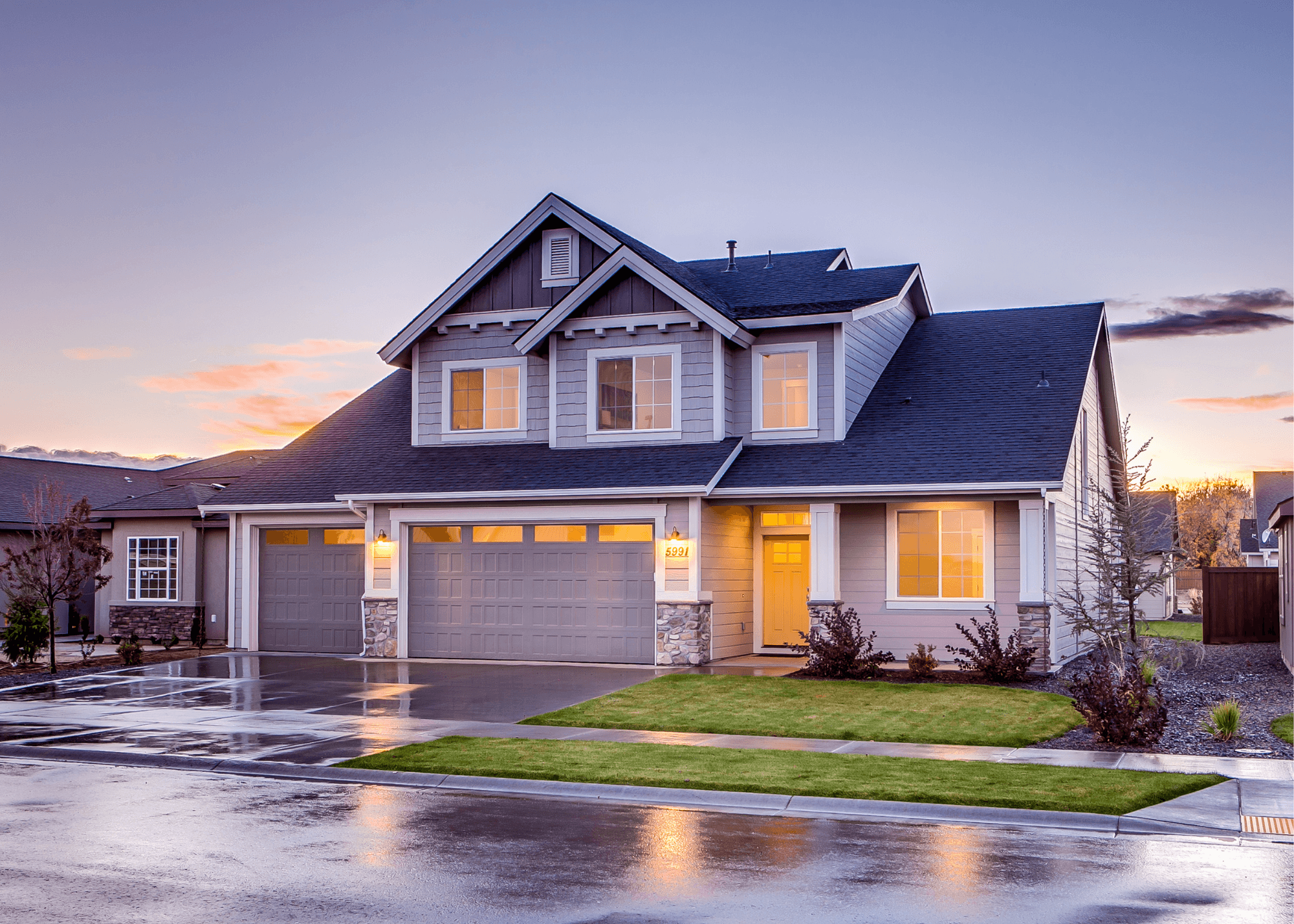
Previously, we shared five tips for landscape creation. That guide will help you in this endeavor as well, so be sure to check it out, too.
Let It Settle
First things first: give your yard time to settle. Chances are the builders had to excavate a gigantic space in the lot to build your house. A massive amount of soil was dug up, pushed around, and then spread back out after the house was completed. Additionally, a lot of heavy machinery has been driving over the soil, so some of it has been compacted and some was recently brought in to smooth your yard over.
Giving the soil in your yard some time to shift and settle naturally will help you see which areas need a little extra soil. While you’re waiting for the soil to settle, also keep an eye on the water flow around your home. When it rains, watch to see if it’s flowing into your basement, pooling anywhere, or completely running off and leaving dry patches. Make note of any areas of concern.
Waiting an entire year will allow you to see what your lot is looking like after the yard has weathered each of the four seasons. The rainy or snowy seasons will generally have the biggest impact on shifting soil and water flow. However, you (or your HOA) may be anxious to install a landscape, so you don’t have to wait a full year. Just keep in mind that as things shift and settle, you may need to make some corrections to your landscape.
Plan
While you’re letting things settle into place, it’s the perfect time to draw up the plans for your landscape design. This is the time to dream! Picture what type of yard you want, look around at what plants seem to thrive in your neighborhood, browse through Google or Pinterest for landscapes in your hardiness zone, and so on.
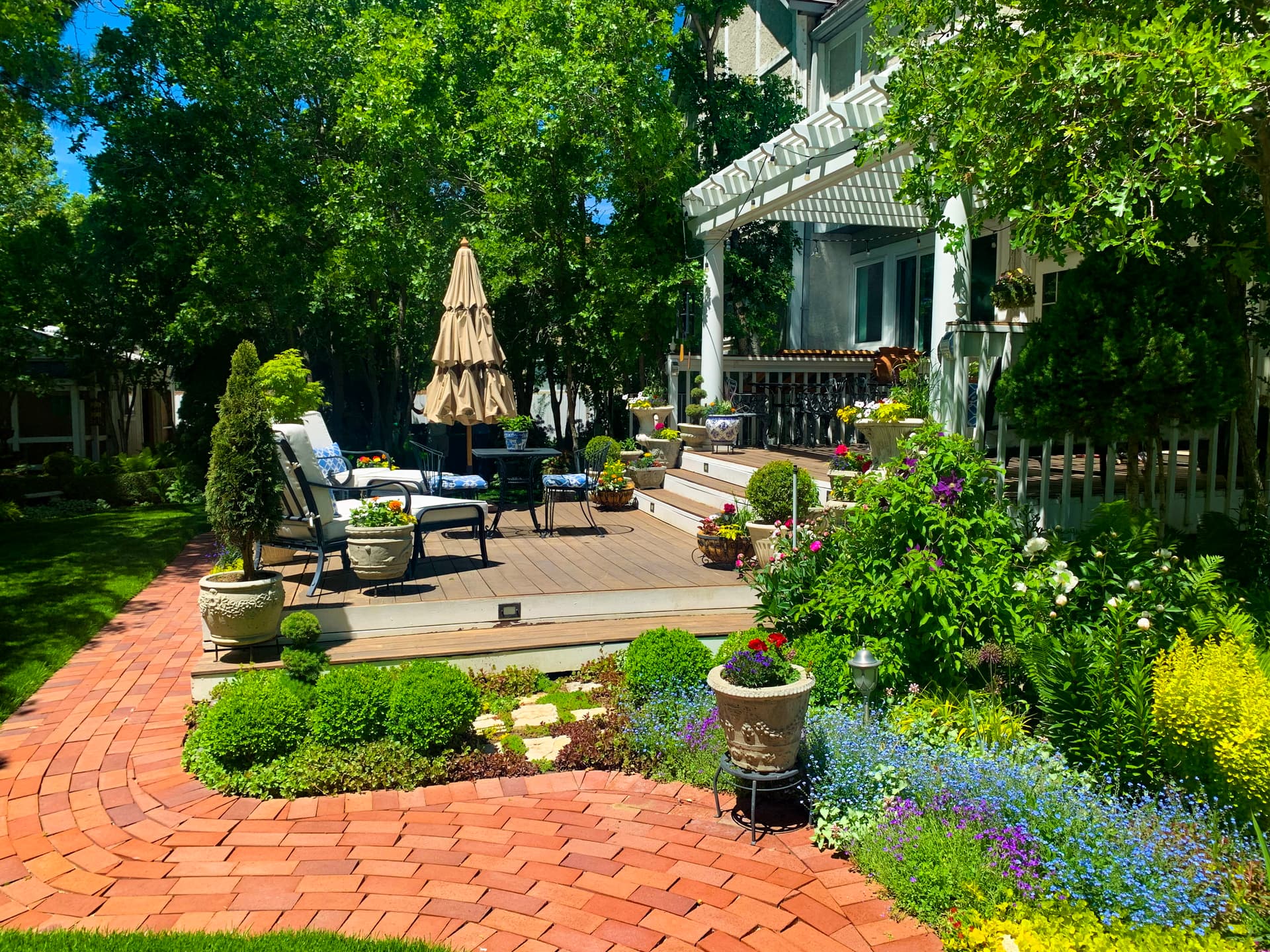
Gather all your inspiration, then figure out where you want things to be in your yard. You can sketch this out on your own, hire a professional landscape designer to do it for you, or use Simplyscapes landscape design software.
The plans will affect every following step you take in your landscape construction, so it’s crucial to get this done before you start putting things into your yard. As Benjamin Franklin said, “If you fail to plan, you plan to fail.” Yes, you may be tired of planning and making decisions and you might be feeling antsy to start, but it will absolutely be worth your time and efforts to draw up plans.
Go Underground
Now that you’ve got your plans drawn up, you know where you’re going to need electricity, irrigation, and plumbing. Installing and burying these wires and pipes would make a big mess of your yard down the road, so putting them in before anything else will save you a lot of time and effort. For your existing wiring, it’s also important to mark where it is to prevent a problem when you dig.
Adjust Grading
Once your yard has had time to settle, you’ve buried all the utility lines, and you’ve taken note of any topographical or water flow issues, it’s time to adjust. Get the topography right in your yard. Smooth it out where you want it to be smooth, add hills and dips where you want them.
Make sure the ground slopes down, even if only slightly, away from the foundation of your home, so water will run into your yard and not your basement. Before you do any major grading work, make sure you’re not causing any problems for your neighbors. If you divert all your water runoff to your neighbor’s basement, you might run into some issues.
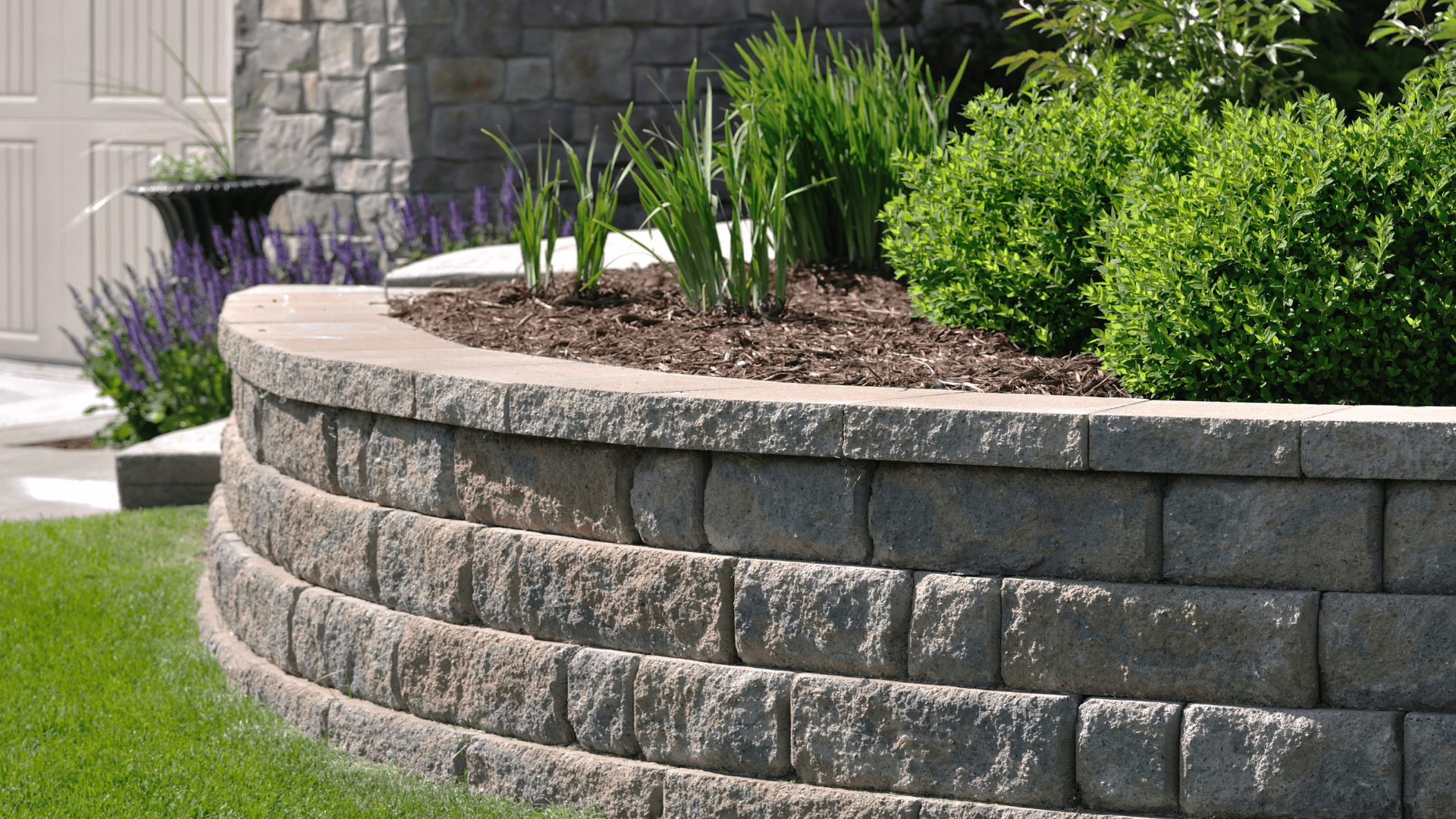
If you have an excessively sloped lot, you will likely need some terracing or a single retaining wall. In general, lawn doesn’t do as well (and isn’t as usable) with a slope, so it’s best to use your sloped areas for other purposes.
Hardscapes
The next step is to install all the hardscape—the manmade materials—any patios, cement pads, outdoor ovens, fire pits, pathways, gazebos, and so on. It’s much easier to do this when you’re not working around plants.

Amend Soil
Before you put any plants in, get the soil in good shape. Clean up any construction debris, and check with the builders to make sure they didn’t apply a sterilant to the soil (which will prevent plants from growing). Till or aerate your yard and rake the soil to remove rocks, sticks, and weeds.
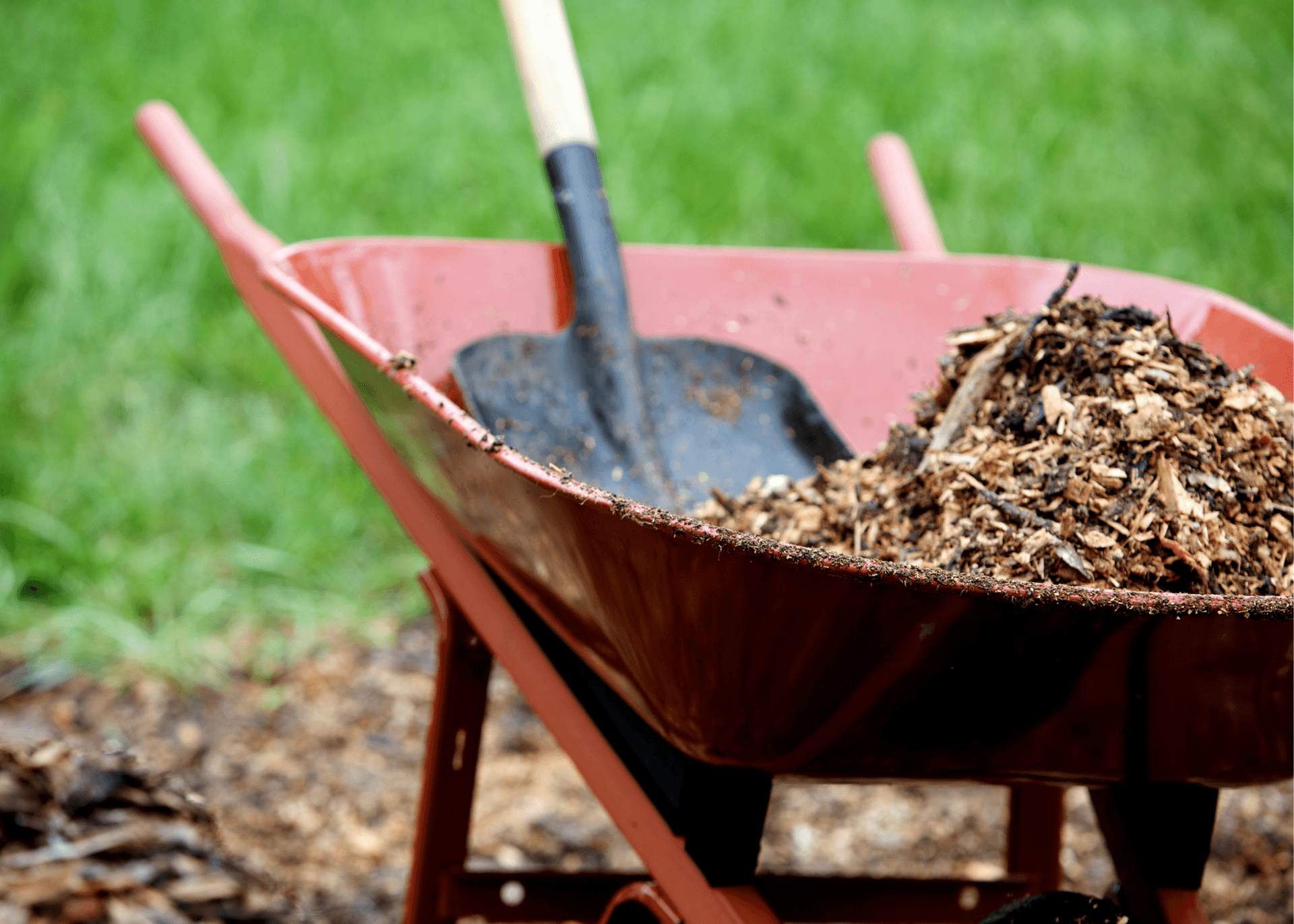
For lawn prep, cover your yard with a layer of compost, manure, or topsoil with fertilizer and smooth it out. To prep your planter beds, add organic matter, mulch, compost, or manure.
Install Plants
Decide if you want lawn, where you want it, and what type of lawn you want. For lawns with frequent foot traffic, grass or a grass-clover mix is probably the best fit. If your lawn will only be lightly used, consider planting a walkable ground cover (see our top recommendations here).
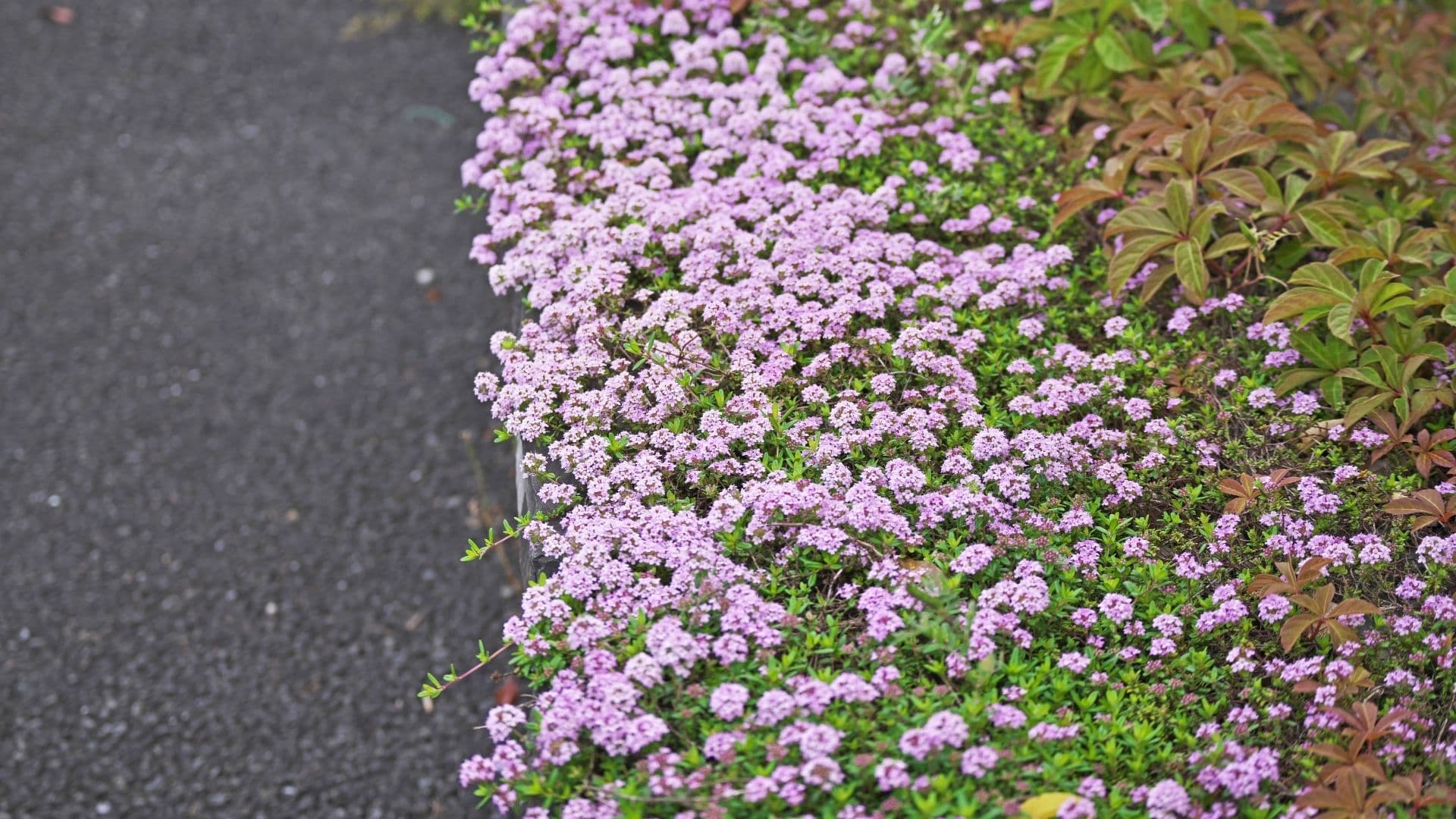
If grass is your choice, either plant seed or lay out sod and care for your new lawn accordingly. Sod and seed vary a little in the care they need, but you’ll want to keep off both of them and keep them sufficiently watered while they establish roots.
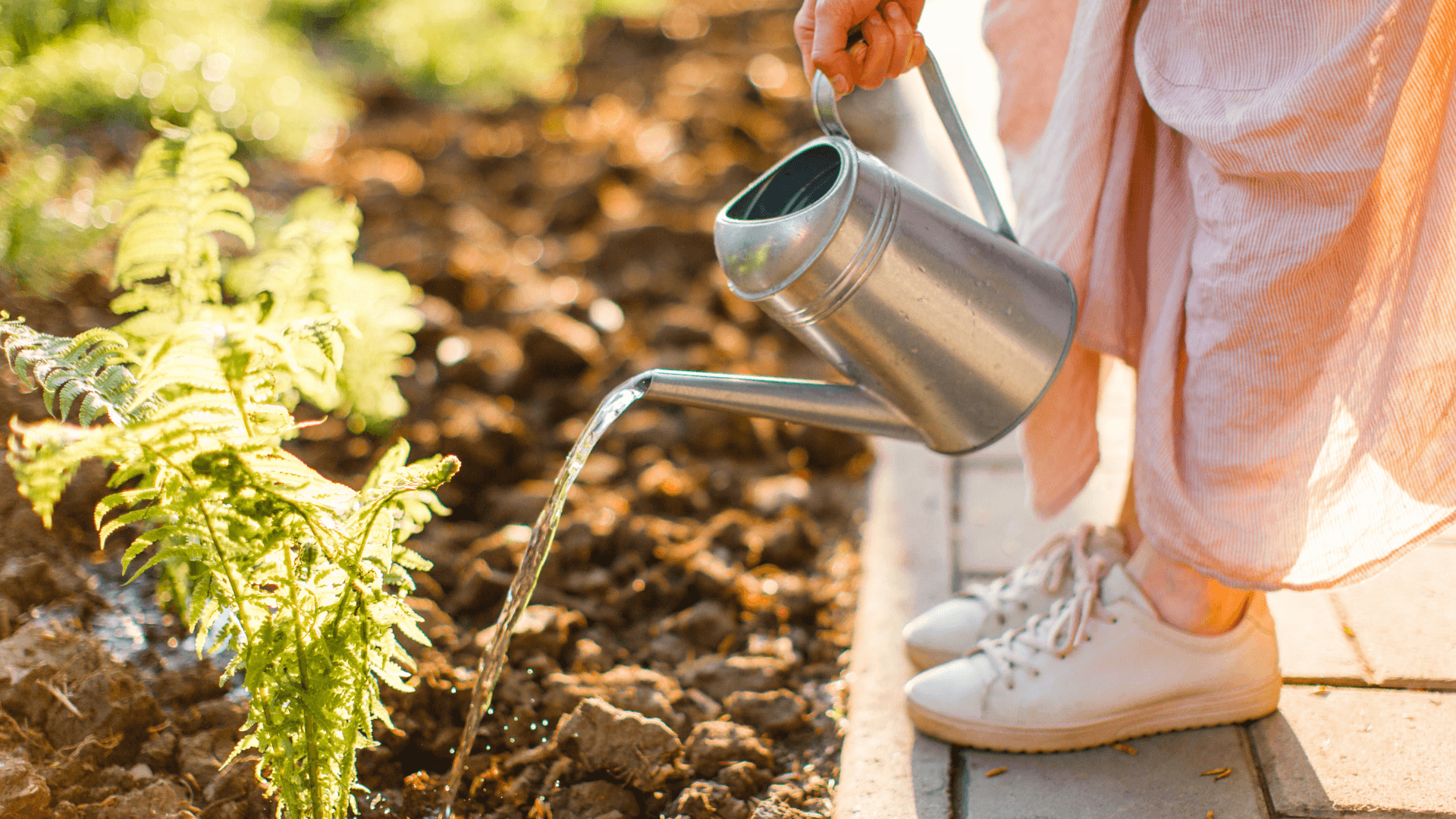
In your planter beds, install tough, native plants. These will handle the new soil better and send out strong roots, breaking up the soil and paving the way for you to plant more tender plants later.
In Summary
Take a little time to let your yard settle and get the plans drawn up for your landscape. Do the prep work—install the underground utility lines and pipes, adjust your yard’s slope and topography, and get your soil all set up for success. Install your hardscape and landscape, and sit back and enjoy your dream yard. Congratulations on a new home and beautiful yard!

